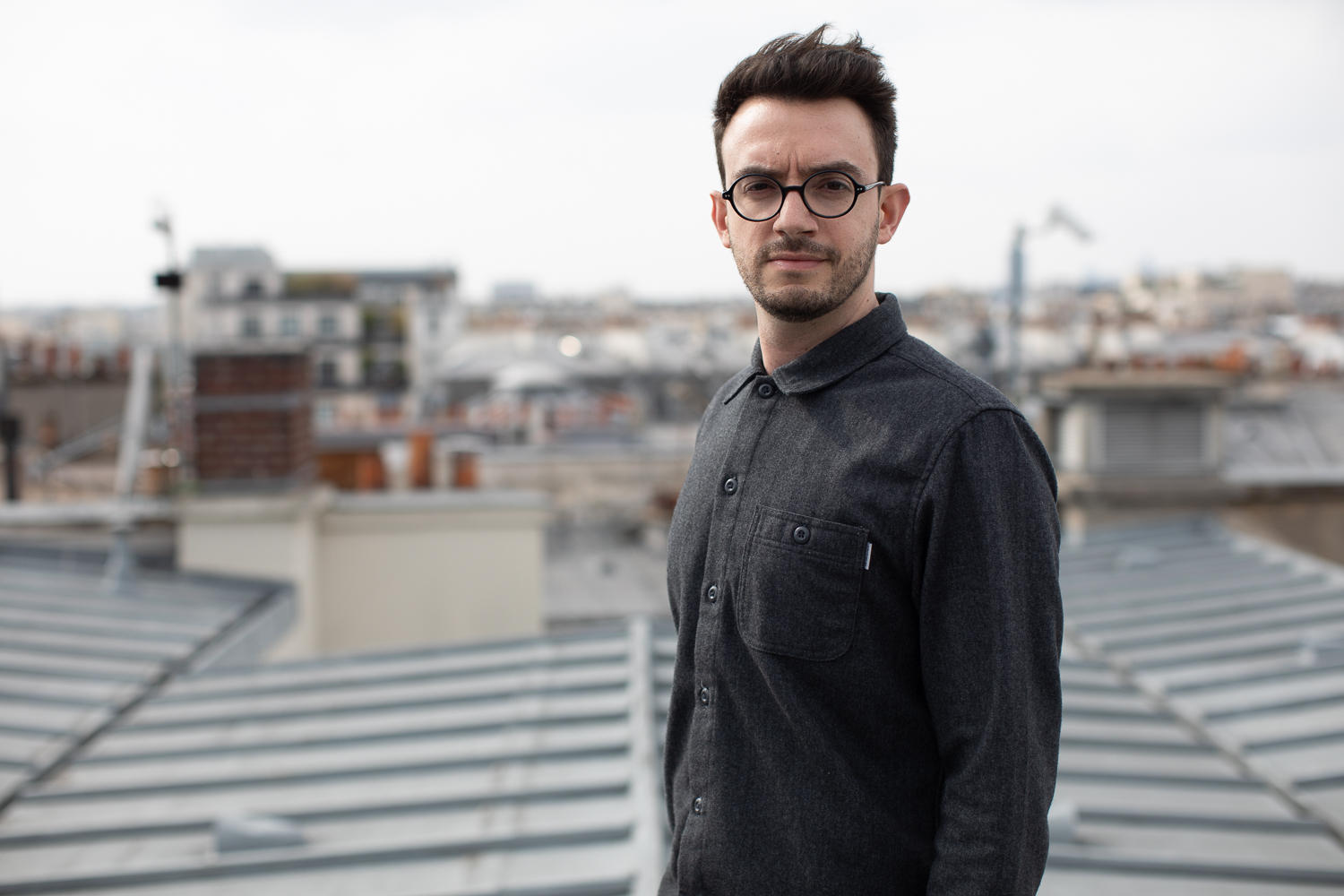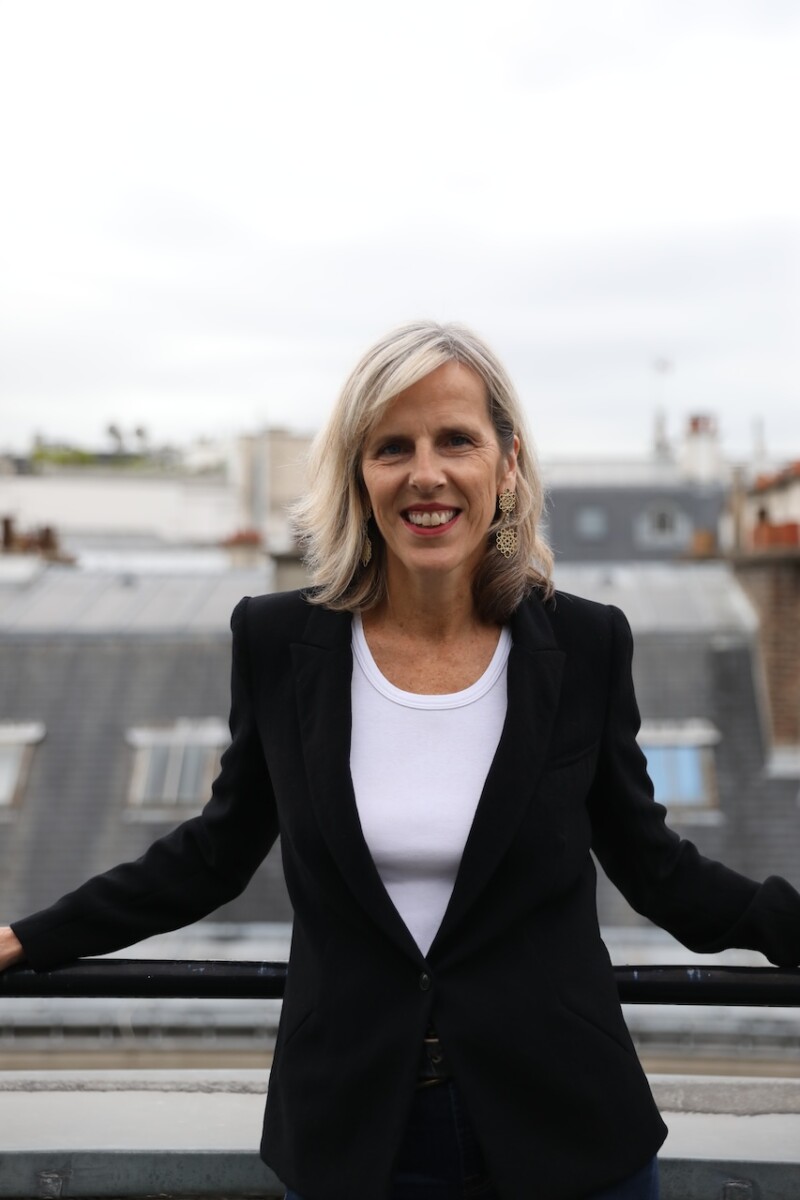
An Op-Ed by Félix Mathieu, Global Strategy Officer
The no-alcohol category is my current favorite marketing puzzle. It captures all the complexity, norm-defying challenges, and creative demands of modern consumer branding. Beyond the fleeting ritual of Dry January, how do you get people to choose (and even enjoy) non-alcoholic drinks? It’s counterintuitive, commercial failure is just around the corner, and yet, it’s a space brimming with potential for the boldest brands and the sharpest strategies.
A Category Still Defining Itself
All signs point to a lasting, meaningful drop in alcohol consumption across Europe and North America. Consumers are turning toward better physical and mental health, yet despite a $13 billion global no-alcohol market (BCG), there’s still no brand that owns the space. No go-to name in bars, shops, or cafés. No default choice for the adult who wants something to raise a glass with, but without the buzz. Why? Because the category is still in its infancy, and the road ahead isn’t exactly smooth.
Let’s start with the term “non-alcoholic”. Not exactly the most exciting hook. Ask around – who’s thrilled to pay full price (or more) for what often feels like a disappointing imitation of their favorite wine or cocktail? Why skip the buzz, but not the calories? And who hasn’t been teased for ordering sparkling water while everyone else is raising a toast to the first days of summer? Opting out of alcohol still takes much courage as a consumer, and even more as a marketer, because it’s not just about delivering the right product quality. The real challenge? Redefining the rituals and values we associate with social drinking, or inventing entirely new ones.
The First Soft Drink With a Real Impact?
Let’s be real, whether you’re agency or client-side, there are days when you wonder if the world really needs another flavored soda. But there’s something genuinely exciting about the positive impact of no-alcohol innovation on health. Imagine a drink so cool, so desirable, it could actually drive down alcohol consumption by 20%.
We’re talking about a drink that fits seamlessly into a night out, something you’d truly want to order, not something you settle for (something that doesn’t feel like punishment for the designated driver). A brand so confident, so culturally in sync, that it makes you feel bold enough to walk onto the dancefloor stone-cold sober.
To change behavior at that scale, a catchy name and a good product won’t cut it. It will likely take the courage and determination of a global industry leader to invest millions in advertising and to persuade the nightlife and hospitality sectors, both still deeply attached to the profit margins generated by alcohol.
Learning from Liquid Death
So what do you do when you have strong convictions but not exactly PepsiCo’s cheque book? A more tactical approach is possible — one that relies on a rock-solid brand and sharp community targeting. The case of Liquid Death is a particularly telling example. Not only has the soft drink brand reached a $1.4 billion valuation in just five years in an already saturated market, it has also become a cultural phenomenon in its own right, already amassing over 6 million Instagram followers.
Fun fact: Liquid Death wasn’t originally positioned as an alcohol alternative. It was just water in a can fighting back against plastic bottles. But with its raw, irreverent voice and festival-friendly vibe, it found its place as the coolest thing you could drink that wasn’t beer.
Instead of joining the chorus singing the praises of mountain purity, or launching yet another ‘smart water’ boosted with who-knows-what, Liquid Death sticks to a single promise: hydration, which, frankly, is all you want from water. But they deliver it with a tagline that could wake the dead: ‘Murder your thirst.’ They’re not selling eternal youth; they’re selling a vibe — the kind that says, ‘I know it’s marketing, but I’m in on it.’ With Liquid Death, it’s okay to pay more for water and drink it from a can, because it’s a gesture for the planet — and it’s just way cooler to crack open a can of water while waiting for your kids at school, or after a 20K run with your mates.
From Novelty to New Normal
What the no-alcohol brand can learn from Liquid Death is that you don’t need to win over everyone at once. Start by targeting specific tribes, create relevance in emotionally charged moments, and build from there.
Take Athletic Brewing. This alcohol-free beer brand made waves by targeting a very specific usage: post-workout relaxation. Its audience? Health-minded beer lovers who don’t want to choose between a run and a round. From there, the community progressively expanded to game nights, casual get-togethers, and even broader audiences looking for a beer that suits their lifestyle. The brand proved that context matters just as much as content.
Join the Sober (Branding) Revolution
Non-alcoholic drinks can’t just mimic the look and feel of traditional spirits. The comparison game is over. Today’s most exciting brands are carving out new territory grounded in specific functions, new rituals, and real cultural vision (or ideally, all three). It’s a roadmap that’s as exciting as it is demanding. But if it leads to sharper concepts, braver brands, and a healthier generation of drinkers, we’re all in. Because the best brands don’t sit on the fence – they make fearless choices to craft uniqueness. So here’s to boldness, to creative rebels, and all the pioneers of the sober revolution.


